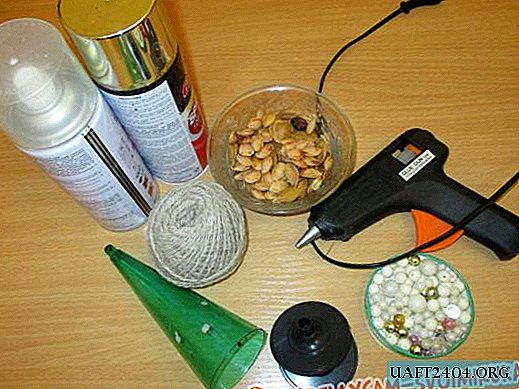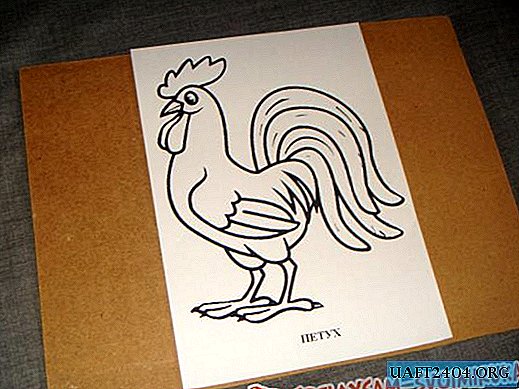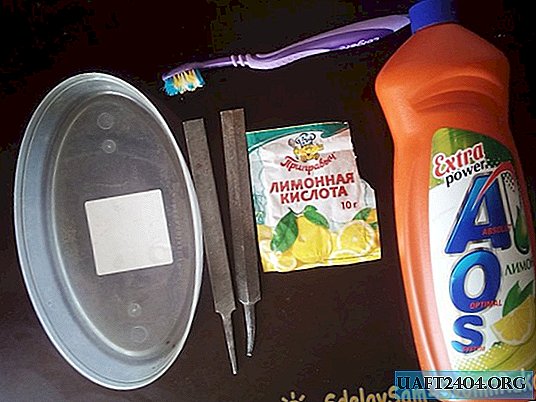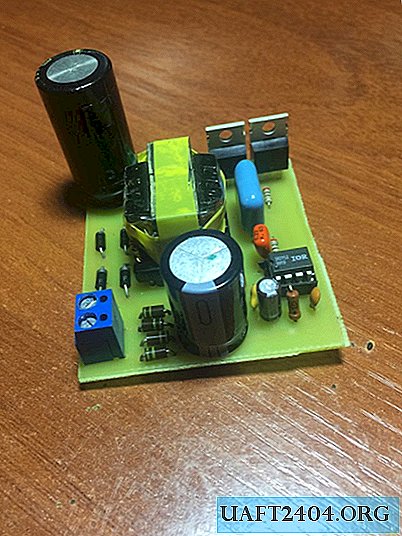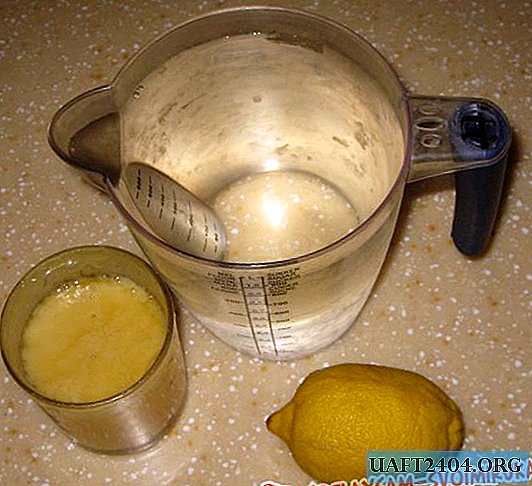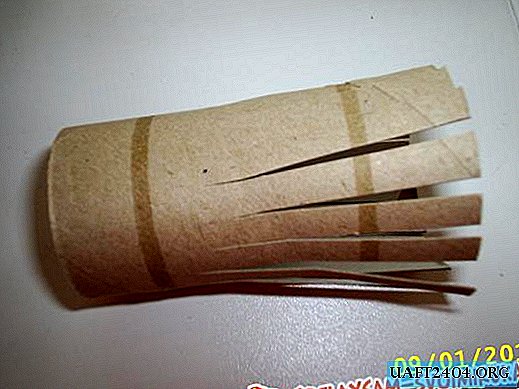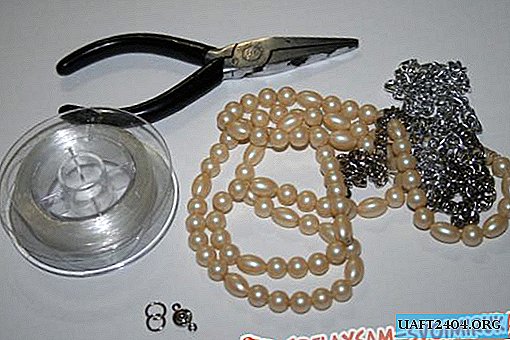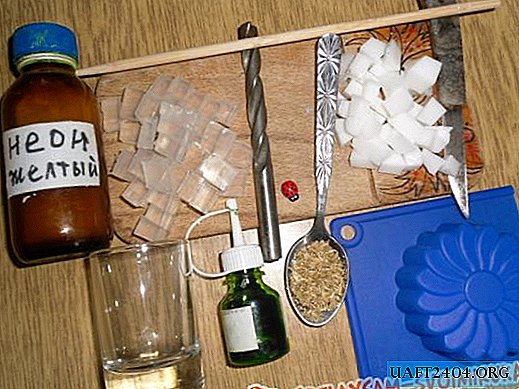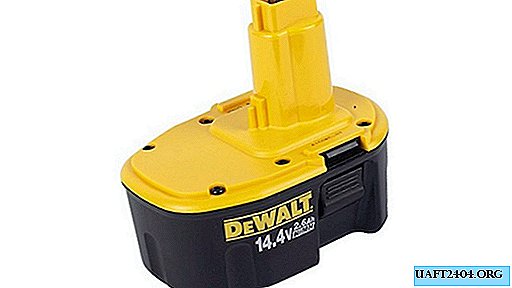Share
Pin
Tweet
Send
Share
Send
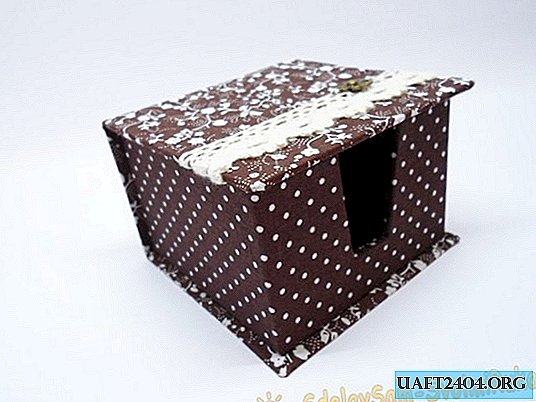
First of all, it is necessary to prepare the details of the box for notes. To do this, cut out the bottom part (square with a side of 9 cm) and the side wall parts (two rectangles 9x5.8 cm in size (A1, A2) and two 8.6x5.8 cm (B1, B2) from cardboard (2 mm). On paper A1, make a paper cutout.

Cut the details with a sharp breadboard or roller knife, adjusting the cut line with a metal ruler. Place a cutting mat or linoleum under the cardboard.

First, glue rectangles measuring 9x5.8 cm (A1, A2) to the bottom part. To do this, apply polymer glue to the rectangle cut, attach the parts to the bottom, and then glue the remaining side walls (B1, B2) and strengthen the joints with Kraft paper glued to PVA.


At the next stage, it is necessary to glue the outer part of the block with a cloth. To do this, cut out a part with a size of 27x6 cm from a Whatman paper, divide it into three 9x6 cm rectangles, make a cutout for the paper in the middle rectangle.
Cut a 29x8 cm rectangle from the fabric. On a Whatman paper, apply a thin layer of PVA glue, remove excess glue with a sponge or foam rubber roller. Glue the Whatman paper and fabric, smoothing the folds with a soft spatula or a plastic card and leaving the same allowances on each side of the workpiece.

Make cuts on the fabric at the location of the paper cutout.

Apply a thin layer of PVA to the cardboard blank of the paper box and the inside of the paper. Glue the specified parts by combining the slices.

Thus, three sides of the box will be pasted over with a cloth: a part with a paper cutout and sides adjacent to it. The opposite side is not pasted.

Next, you need to issue fabric allowances. Start from the bottom. Bring allowances to the bottom, trim them. Align the allowances of the corners of the perpendicular sides and cut off the excess fabric. Glue the fabric to the bottom of the box.

Hereinafter, for bonding fabric to paper parts (cardboard, Whatman paper), use PVA glue. Polymer glue is necessary only for gluing cardboard parts of the box.
Leave the remaining fabric allowances on the inside of the box. Cut corners in the same way as when designing the bottom.

We turn to the internal gluing of the block for recordings. Let's start from the bottom. Cut a square with a side of 8.5 cm from the paper, and 10.5 cm from the fabric. Glue the fabric to the paper. Cut corners of fabric at a right angle to whatman paper.

Glue the fabric blank to the bottom of the box, making allowances on the side walls.

Since one of the walls of the casket (A2) was not glued, we need to draw a cut along the outer edge. To do this, cut a strip of 8.5x3 cm from polka-dot fabric and glue a slice over it.

To complete the process of internal gluing of the recording unit, stick on a paper (25.5x5.5 cm) a fabric with a floral pattern (27.5x7.5 cm). Cut corners at an angle of 45 degrees to the base of the fabric blank. Glue the long sides of the rectangle on the inside.

Glue the obtained part to the side walls B1, A2, B2, add short allowances to A1.

After glue the part with a cut for paper.

We proceed to the design of the cover. From a cardboard 2 mm thick cut a rectangle of 9.5x10 cm (block cover), and from a cardboard of 1 mm a rectangle of 6x10 cm (A2) and 9.5x10 cm (bottom of the box). Glue the cardboard parts onto the Whatman paper, leaving 2-3 mm between them.

Take a fabric with a floral pattern and cut a piece measuring 13x17 cm, glue it to the cardboard blank of the lid. Place the corners of the fabric on a cardboard blank, fix with glue, then bend the side allowances. Get a neat corner.

Glue the allowances to the cardboard parts, and also glue the lace.

Parts made of cardboard with a thickness of 1 mm will not be visible, therefore, they do not need to be glued from the inside, but a square with a side of 9.5 cm must be glued to the lid part (on a paper (9.5 x 9.5 cm), glue the fabric (11.5 x 11.5 cm ), cut corners at an angle of 45 degrees, make three allowances inward).

It remains only to glue the box to the part of the lid and complement the composition with a copper suspension.

The block for recordings in the cardboard technique is ready.



Elena Tregub
Share
Pin
Tweet
Send
Share
Send

